The Federal Commission for the Protection Against Sanitary Risks, or COFEPRIS as it’s known for its initials in Spanish revealed that they have monitoring the water quality of the beaches in the state of Baja California Sur. The commission is happy to report that at least 10 Cabo beaches boast optimal water quality and are set to receive tourists that will make their way to the Mexican Pacific during the summer break.
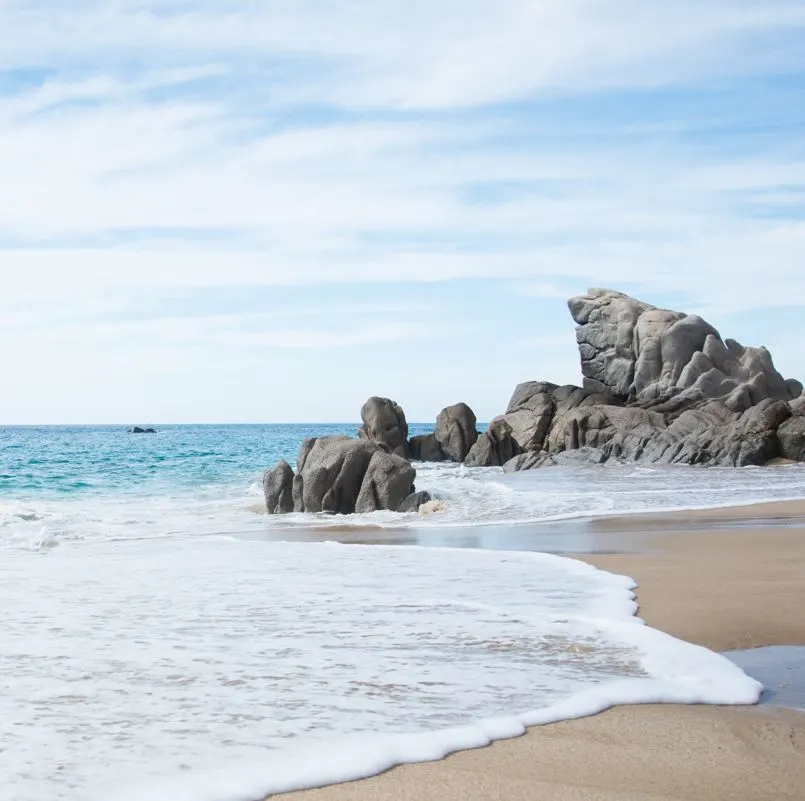
Their research includes monitoring the levels of Enterococcus, and E Coli bacteria in the water close to the shore. These bacteria are known for causing different types of diseases in humans primarily urinal infections, and skin lesions. Jose Manuel Larumbe the head of the commission in the state talked about the testing methods, and the levels of Enterococcus bacteria that are considered “safe” for swimmers mentioning,
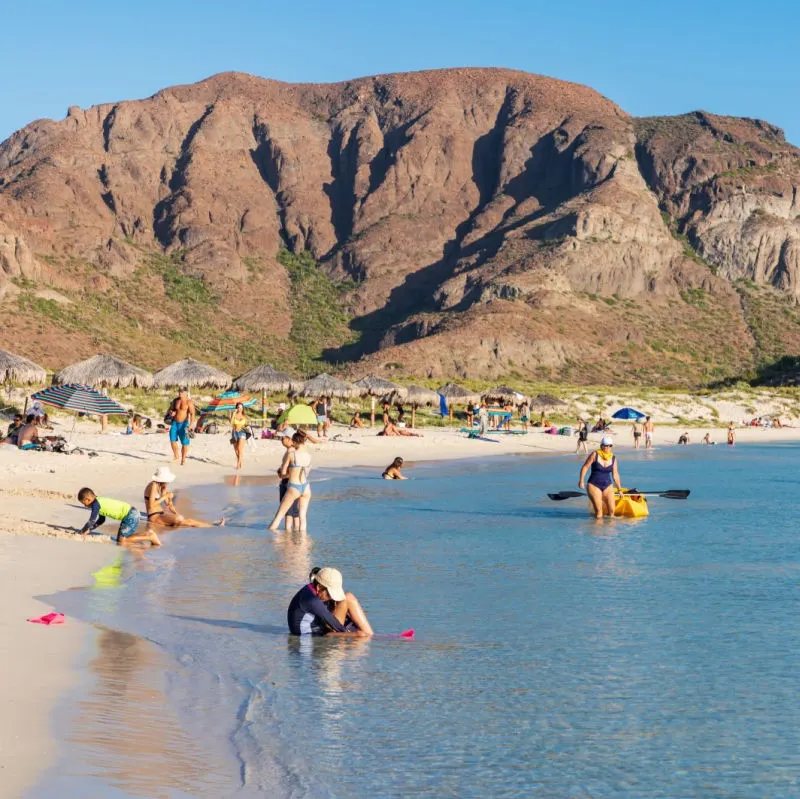
“There’s a program to clean beaches that we take part in every single year. This year we also have the state health secretary involved in the testing. In this program we monitor beaches performing three different tests (to monitor water quality). To pass the water must not feature over 200 enterococcus bacteria for every 100 milliliters of seawater, (about a fourth of a cup)”
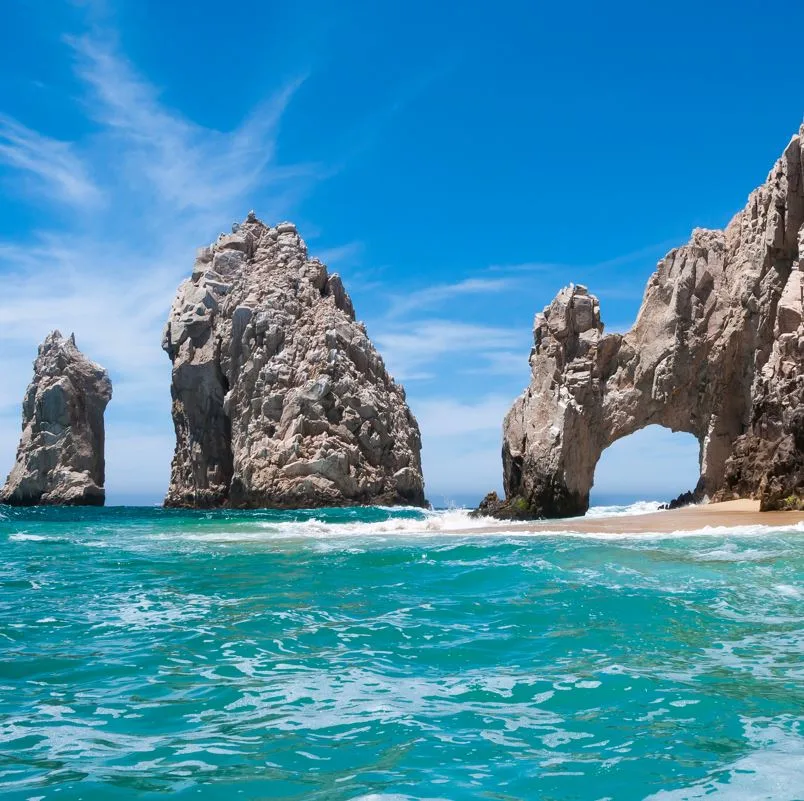
The Commission Has Reviewed 27 Beaches Across The Whole State
Jose Manuel Larumbe of the Cofepris mentioned that at this point in time the commission has reviewed 27 beaches across the whole state. 10 of the beaches that have been reviewed are located in the Cabo region. That would leave around 13 other beaches in Los Cabos that have yet to be checked. The Cabo region officially features 23 different beaches, and one marina area. It’s unclear whether the commission will continue to certify even more beaches as the summer months continue. La Paz has the most certified beaches in the entire state with a total of 14.
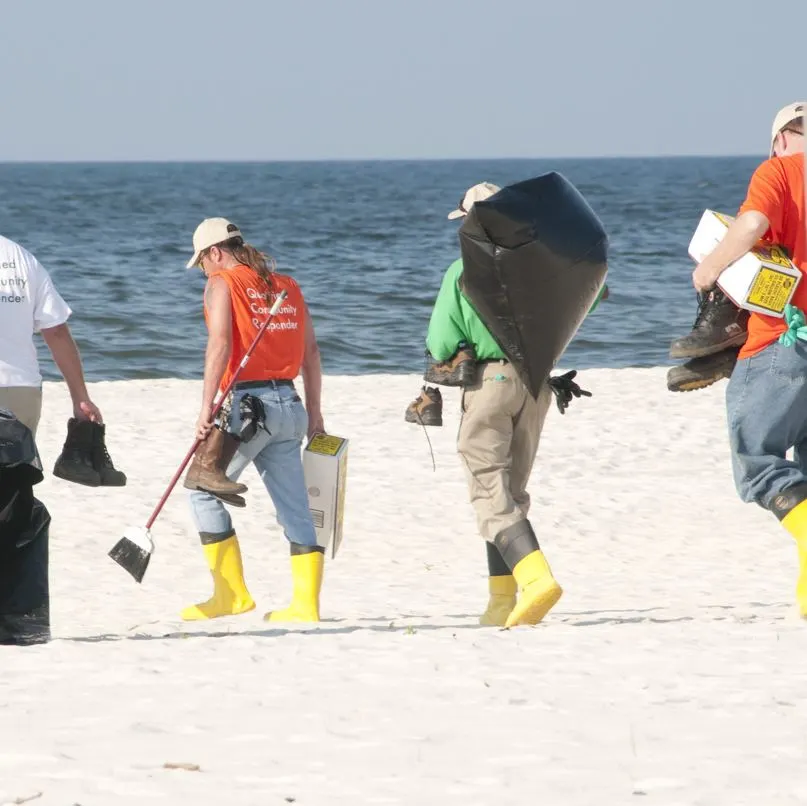
The head of the commission in the state Jose Manuel Larumbe did mention that all of the 10 beaches that had been checked in the cabo region are in perfect condition, and can be enjoyed by locals and tourists over the summer months. If at any point these conditions change Larumbe says that the beach that does not meet the standard that he previously explained, would be closed off to the public. Although the actual beaches that were tested haven’t necessarily been revealed Larumbe assured tourists and locals that they could enjoy the local beaches over the summer months saying,
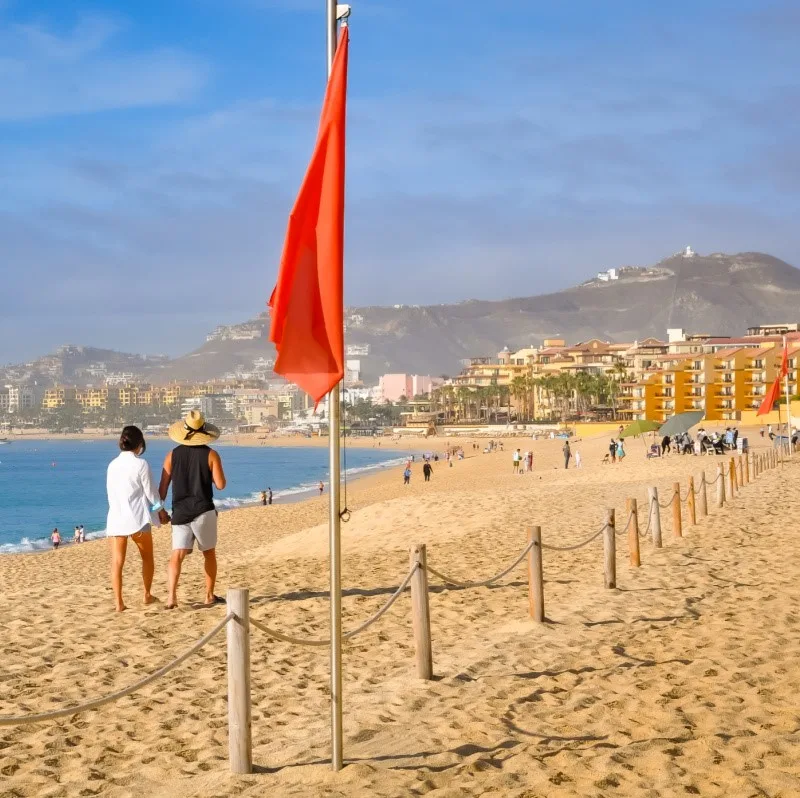
“In the last study the beaches tested very well. They are clean beaches that people can swim in confidently. The water is safe for people who will come and visit us as well as locals, on this front they can enjoy their vacations here.”
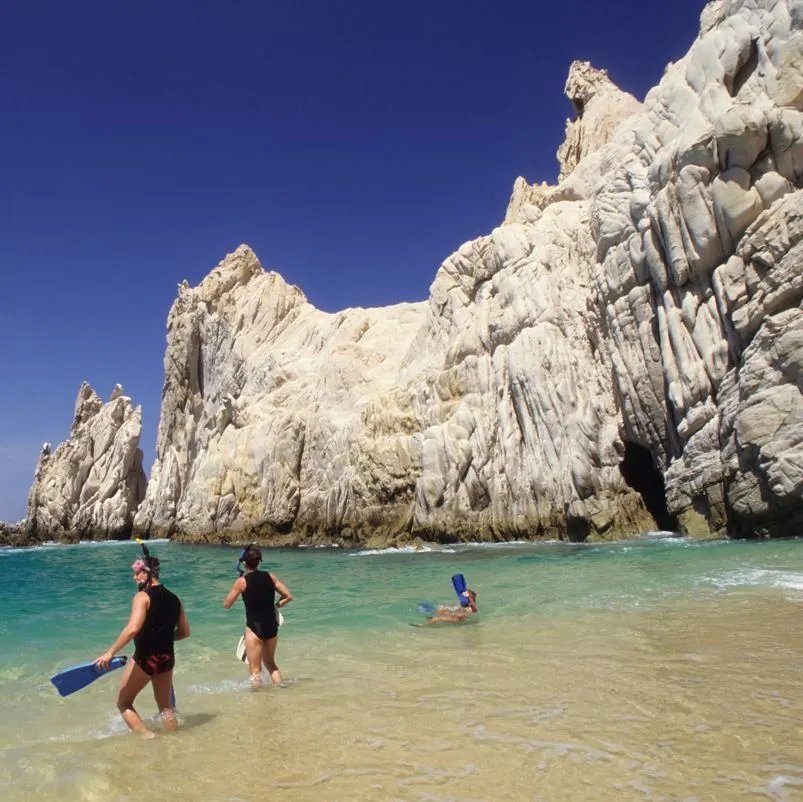
Cabo Beaches Have Also Received International Certifications That Validate Their Water Quality
On top of the tests that Mexican authorities perform on Cabo beaches, foreign organizations are also constantly testing the water, and sand on different Cabo shores. Local authorities have made an effort to earn international certifications like the one given out by the international Foundation for Environmental Education which hands out its Blue Flag beach label. Another organization hands out their famed White flag beach label to areas that meet the standards set by the program. In the Los Cabos region the following beaches qualify as either Blue Flag, or White Flag beaches due to their overall cleanliness,
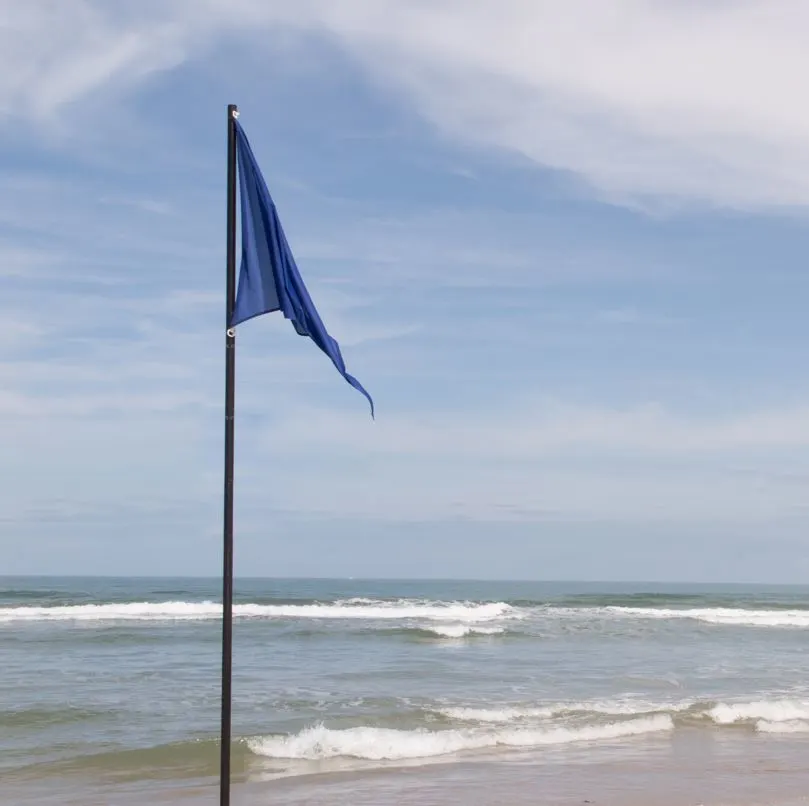
- Acapulquito
- Corsario
- Playa Chileno
- Hacienda Beach
- Las Viudas
- Santa Maria
- La Ribera
- El Medano Beach
- Virtually all of the beaches in the hotel zone like the ME Cabo or Riu Palace Los Cabos Beach.
Even if local authorities are keeping their test results somewhat private, locals and tourists that arrive in Los Cabos can be certain that Cabo beaches are some of the cleanest in the country for sure.
